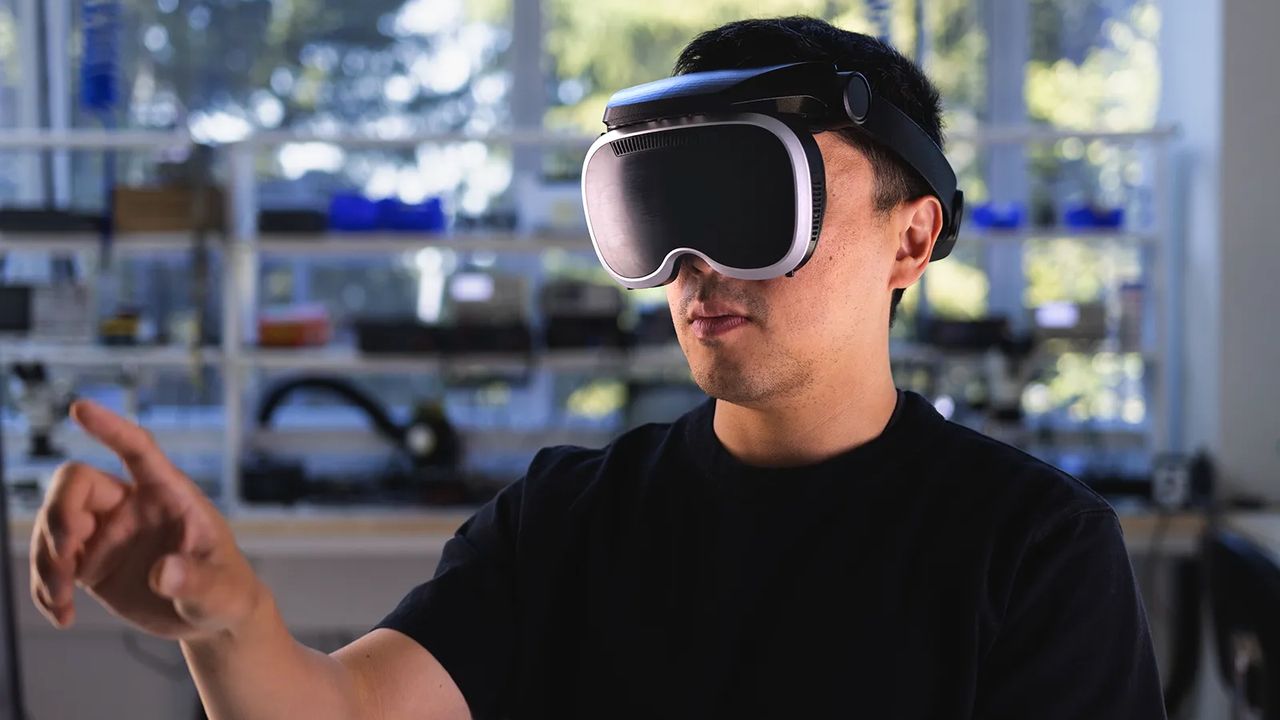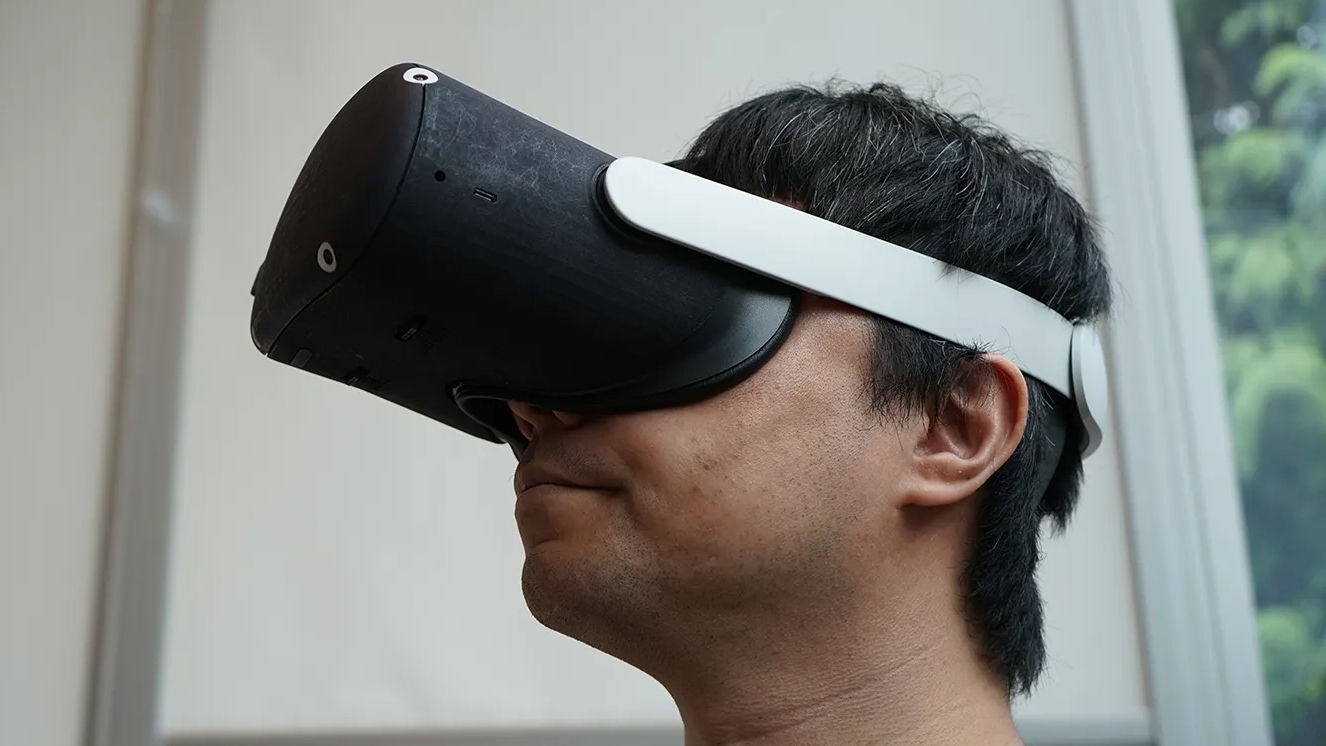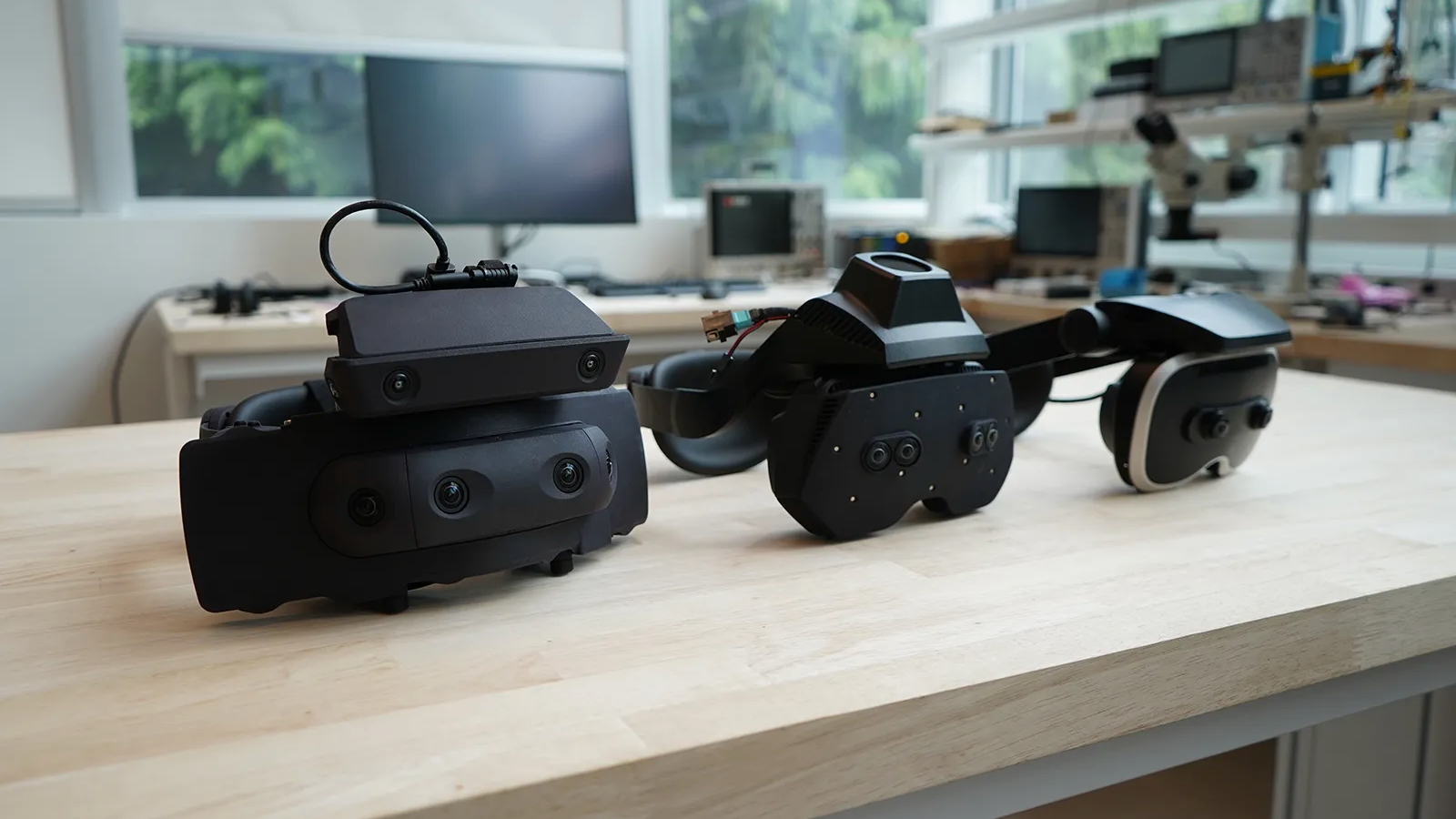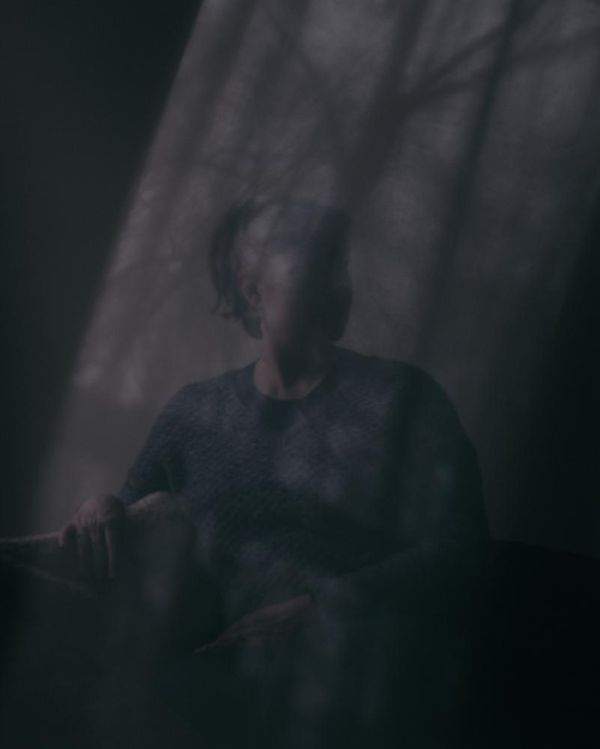
Everything you need to know
- Meta has announced which prototype VR headsets it will be showing off at the SIGGRAPH 2025 conference next week.
- The Boba 3 headset has a 180-degree horizontal and 120-degree vertical field of view, crushing the Quest 3 (110° and 96°).
- The Tiramisu headset uses µOLED displays with 90 pixels per degree, well above the Quest 3 (25 PPD) or Apple Vision Pro (34 PPD).
We aren't likely to see the Meta Quest 4 at the Connect 2025 conference next month, but Meta is tiding over superfans with the next best thing: A glimpse at its VR prototype headsets with some incredible improvements to visual fidelity.
This Meta blog post breaks down its two key prototypes — Boba 3 and Tiramisu — that it'll show off at the SIGGRAPH 2025 conference in Toronto on August 10.
Reality Labs' Optics, Photonics, and Light Systems (OPALS) team has created Tiramisu, a prototype VR headset that hits 90 pixels per degree (PPD), 1,400 nits, and triple the contrast ratio of the Quest 3.
It's part of Meta's quest to pass the "visual Turing test," aka a visual experience that's "indistinguishable from the physical world."
Most current VR headsets fall under 30 PPD, with Apple Vision Pro (34 PPD) and Samsung's Project Moohan (allegedly slightly higher) coming closest. Meta's 2023 Butterscotch Varifocal prototype was the first to achieve 60 PPD, the "retinal resolution" threshold required to clearly render the 20/20 line of an eye chart.

Tiramisu's ultra-bright, high-res prototype crushes the retinal resolution threshold by an extra 30 PPD. The trade-off is that it only hits 33 degrees FoV, well below the range for proper immersion. They also "deprioritized the form factor," says OPALS scientist Xuan Wang, with heavier glass lenses for the best visual fidelity on par with HDR TVs.
Tiramisu would be inordinately expensive and uncomfortable for consumers. But it's a physical and metaphorical window into Reality Labs' investment in true visual immersion for future headsets. We wonder if it's one of the "f***ing cool" prototypes James Cameron tried that got him invested in VR filmmaking with Meta.

The Boba 3 prototype, on the other hand, looks more polished and practical, though still a premium device. Developed by the Reality Labs Display Systems Research (DSR) team, it hits a 180-degree horizontal field of view (FoV) and 120-degree vertical FoV, using pancake lenses to keep it reasonably light at 660g.
It also uses "high-curvature reflective polarizers" to prevent light reflection, a necessity given that the curved display essentially points at itself along the edge.
Boba 3 delivers 30 PPD, slightly better than the Quest 3, but hitting 4K x 4K resolution with such a wide display has an incredible power demand, says DSR scientist Yang Zhao. Boba 3 "requires a top-of-the-line GPU and PC system" to fill all of that visual space; it's "not going to easily hit a mass-market price point," nor work as an all-in-one Quest-type product.
Still, it's impressive to see how the Boba 3 prototype covers 90% of the "FOV of the human visual system," to the point that you'd barely see any darkness around the display.
Will the Meta Quest 4 follow these prototypes' example?

The blog post stresses that these are "purely research prototypes, with novel technologies that may never make their way into a consumer product."
But even if the Quest 4 can't match them, we can certainly hope it'll follow in these prototypes' footsteps and aspire to greater visual fidelity. Or if not, maybe the Quest 5 will.
"We’re working to figure out what lies beyond television and laptop screens," says DSR Director Douglas Lanman. "We’re just trying to make something awesome—not just as a demo, but as something that we’d use every day. And that really is the true Turing test: Are we excited about what we’re doing after a decade of doing it?"
Meta, as a company, is definitely interested in replacing TVs with its headsets. Meta's head of Oculus Publishing said earlier this year that by 2027, Meta wants to target young adults who will use the Quest as a "high-end TV."
It's a natural assumption that the Quest 4 will need to deliver better resolution and FoV to make its entertainment experience more dynamic. Its designers may have looked to OPALS and DSR for technical inspiration.
But the Quest 4 must also be light enough to be worn for hours and affordable enough that consumers will buy it. We'll see if it successfully hits that balance.







